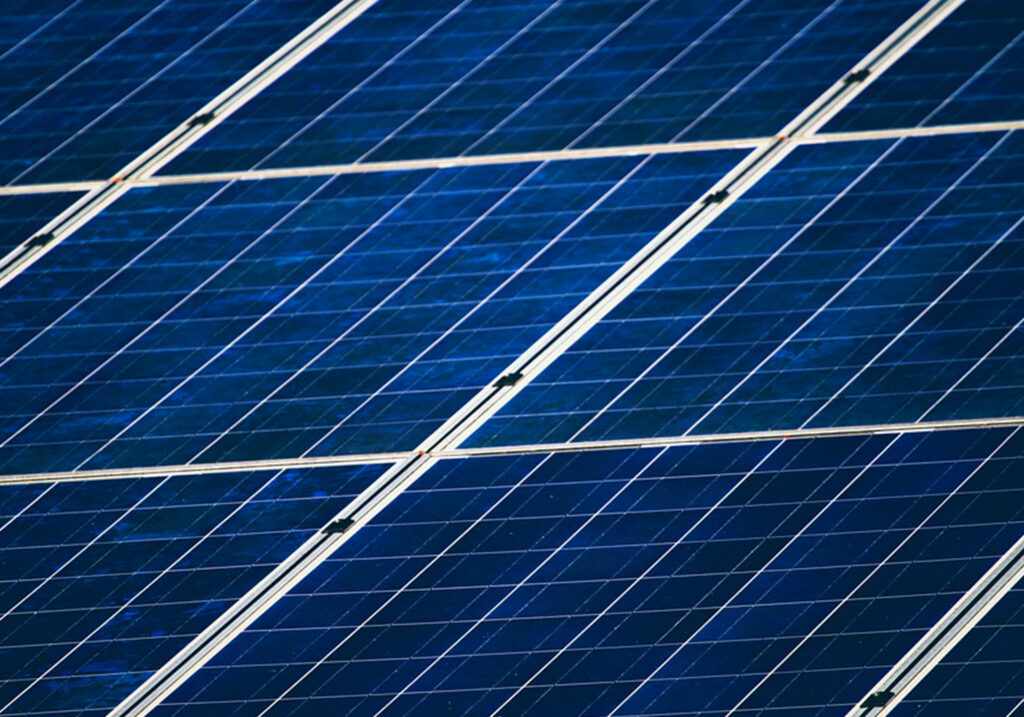In recent years, solar energy has rapidly gained popularity among homeowners. They want sustainable and cost-effective ways to power their properties.
As electricity costs continue to rise and concerns about environmental impact grow, more people are looking into solar power not just for their homes, but also for their garages.
Powering your garage with solar panels can be a smart, efficient solution. But how feasible is it? And what should you consider before making the switch?
Let us explore how you can power your garage with solar panels, the benefits and challenges of doing so, and the steps to take if you are ready to make the leap to clean energy.
Why Consider Solar Power for Your Garage?
Powering your garage with solar energy offers both practical and environmental benefits. If you use your garage frequently as a workshop, electric vehicle charging station, or even a home gym, you know how much electricity it can consume. Installing solar panels dedicated to your garage can reduce your reliance on the main grid, lower your electricity bills, and add value to your property.
Garages are also ideal spaces for solar installations. Detached garages often have their own roof space, which means solar panels can be mounted without affecting the aesthetics or structure of your home. If your garage is positioned in a sunny spot, it can become an efficient source of solar energy generation, completely independent of your house’s solar system, if you already have one.
Is Your Garage a Good Candidate for Solar Panels?
Before you dive into solar power, it’s essential to determine whether your garage is suitable for a solar panel installation. The first thing to look at is the structure of your garage roof. Ideally, the roof should have enough surface area, minimal shade throughout the day, and face south to receive maximum sunlight exposure. However, east- or west-facing roofs can also work with the right panel orientation.
The condition of your garage’s roof also matters. Solar panels typically last for 25 to 30 years, so it’s important that your roof is structurally sound and won’t require major repairs in the near future. If your roof is aging or damaged, it’s wise to address any repairs before installing panels.
Additionally, you will need to consider the electrical infrastructure in your garage. Is it already wired for electricity, or will you need to upgrade the system? Is it connected to your home’s power supply or running on its own breaker panel? These questions will help you determine the complexity and cost of a solar installation.
Types of Solar Setups for Garages
Depending on your needs and setup, there are several ways to power your garage with solar energy. The most common systems include grid-tied, off-grid, and hybrid setups.
A grid-tied system connects your solar panels to your local utility grid. When the sun is shining, your panels generate electricity that powers your garage. If you produce more energy than you use, it’s fed back into the grid, sometimes earning you energy credits . When your panels do not produce enough electricity, you simply draw from the grid as usual.
An off-grid system is completely independent. It stores solar power in batteries for use anytime, which is perfect for detached garages that aren’t connected to your home’s electrical system. While this offers energy independence, it typically requires a more significant investment in battery storage.
Hybrid systems combine the best of both worlds. They are connected to the grid but also include battery backup for times when the grid goes down. These setups provide reliability, flexibility, and the opportunity to optimize energy usage.
Equipment You Will Need
To successfully power your garage with solar panels, you’ll need a few key components. The most obvious are the solar panels themselves, which capture sunlight and convert it into electricity. The number and size of panels you need depend on how much energy your garage consumes. A small workshop with a few lights and tools will need far fewer panels than a full-blown home office or electric vehicle charging station.
Next, you will need an inverter, which converts the direct current (DC) electricity generated by the panels into alternating current (AC) electricity, which is what most appliances and tools use.
If you’re installing an off-grid or hybrid system, batteries are essential for storing excess electricity for use when the sun isn’t shining.
You may also need a charge controller to regulate the energy flow into and out of your batteries, preventing overcharging and prolonging battery life. Mounting hardware, electrical wiring, and a proper monitoring system round out the necessary equipment for a safe and efficient setup.
Installation Process
Once you have decided to move forward, the next step is installation. Most homeowners hire professional solar installers to ensure the system is set up correctly, safely, and in compliance with local building codes. The process typically begins with an initial consultation and site assessment, followed by system design, permitting, and finally, installation.
The installation itself usually takes one to three days, depending on the size and complexity of the project. After the system is up and running, most installers offer ongoing maintenance and monitoring services to ensure optimal performance.
For those with DIY experience and electrical know-how, there are also solar panel kits available specifically for garage use. These kits come with all necessary components and instructions, though you should still check with local authorities regarding permits and inspections before attempting a DIY install.
Legal and Permit Considerations
Before installing solar panels on your garage, it is important to check local building codes, zoning regulations, and homeowners’ association rules. Some municipalities require permits for any electrical work or structural modifications. Others may have guidelines about where panels can be placed, especially in historic districts or neighborhoods with strict design rules.
If you are working with a licensed installer, they will typically handle permitting on your behalf. But it’s still wise to familiarize yourself with the local rules to avoid delays or compliance issues.
Challenges and Limitations
While solar panels offer a great solution for powering your garage, there are a few challenges to keep in mind. First, not all garages receive sufficient sunlight. Trees, buildings, or other obstructions can cast shade that reduces panel efficiency. In these cases, ground-mounted panels or alternate roof installations may be necessary.
Weather also plays a role. If you live in a region with long, cloudy winters, you may need a larger system or battery storage to meet your energy needs year-round.
Initial cost is another factor. Even with incentives, solar installations require upfront investment. For garages with minimal power needs, the return on investment may be slower than a full home system.
Lastly, maintenance is still required. Keeping your panels clean and occasionally inspecting your system ensures you’re getting the most energy possible.
Solar-Powered Garages and Electric Vehicles
One of the most compelling reasons to install solar panels on your garage is to power an electric vehicle (EV). As more homeowners switch to EVs, the demand for sustainable charging solutions has grown. A solar-powered garage allows you to generate clean energy right where your car is stored.
Depending on your system size and sunlight exposure, your solar panels could generate enough power to charge your EV daily, essentially allowing you to drive using sunlight alone. This not only saves money on fuel but also significantly reduces your carbon footprint.
Can You Add Solar to a Metal Garage?
Yes, metal garages can absolutely be fitted with solar panels, and they often make excellent candidates due to their strong, flat roofs. However, some extra considerations are necessary.
You will want to make sure the roof is strong enough to support the weight of the panels and mounting hardware. Corrugated metal roofs, for instance, may require specialized mounting systems to ensure a secure installation. Heat retention and grounding may also be factors your installer will address when working with metal structures.
The Environmental Impact
Switching to solar energy does not just save money, it helps the planet. A solar-powered garage reduces your reliance on fossil fuels, cuts greenhouse gas emissions, and helps you take a tangible step toward sustainability. Even a small solar array can prevent tons of CO₂ from entering the atmosphere over its lifespan.
And as solar technology continues to evolve, panels are becoming more efficient and affordable, making this eco-friendly option more accessible to everyone.
Future-Proofing Your Property
Adding solar power to your garage is not just about meeting today’s energy needs, it is about preparing for tomorrow’s. Having solar infrastructure in place ensures you’re ready for whatever comes next.
It also adds long-term value to your property. Solar installations are seen as upgrades that increase home resale value and appeal to environmentally conscious buyers. If your garage is detached or part of a larger metal building or barn, integrating solar now can save on costs and disruption later.
Conclusion
So, can you power your garage with solar panels? Absolutely. With the right planning, a suitable location, and a clear understanding of your energy needs, solar panels can be a smart and sustainable way to power everything from tools and lighting to electric vehicles and workspaces. The benefits make it a compelling option for homeowners across the board.
While there are upfront costs and logistical considerations, the long-term payoff in savings and sustainability often makes it worthwhile. Whether you’re outfitting a sleek modern garage or a sturdy metal structure in a rural setting, solar power offers a future-ready solution that works with the sun, not against it.

